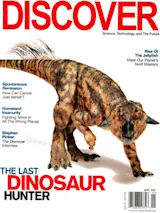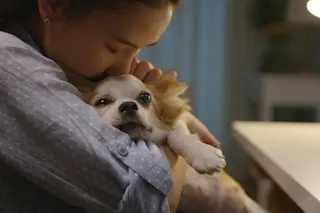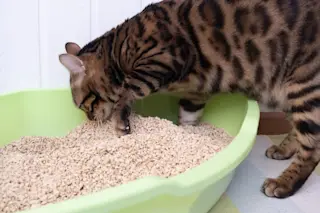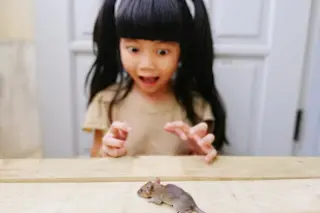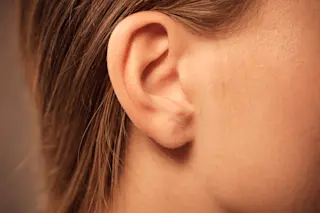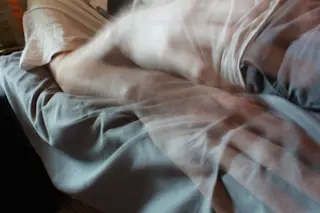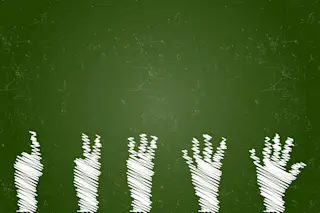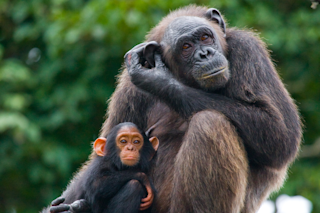Cockroaches don't naturally care much for peppermint and vanilla, but with a little tutelage, the bugs will drool over them. Just like Ivan Pavlov’s dogs, who learned to associate a ringing bell with dinner, these roaches learned that the smell of peppermint and vanilla meant a sugar treat was on the way. More than a century after the original canine experiment, researchers have shown that insects can be taught to have a typically doglike response to the expectation of food: salivating.
To condition the roaches, Makoto Mizunami and Hidehiro Watanabe of Tohoku University first immobilized them on their backs in wax and then repeatedly introduced the smell of peppermint and vanilla before giving them sugar, which roaches adore. To test whether the vermin picked up the association, the researchers immobilized them in wax and measured their saliva output when peppermint and vanilla odors reached their antennae, which they use to sniff. The roaches’ salivation typically increased 30–50 percent, and even with their tiny brains, they remembered this association for at least a day afterward.
Insects have been conditioned to respond to stimuli long before the drooling cockroaches. Honeybees have been trained to extend their tubular mouth, called a proboscis, in response to certain odors, and fruit flies will flee a scent they know precedes a nasty electric shock. Mizunami and Watanabe had previously found that peppermint attracted cockroaches once they associated it with sugar.
But Mizunami says this is the first time that an insect has responded to training through its autonomic nervous system—which controls automatic behaviors like digestion and salivation—rather than the somatic nervous system, which controls actions like eating and fleeing. The simpler nervous systems of insects are frequently studied as a way to understand the more complex systems in mammals, and research on cockroaches could help scientists learn more about humans’ involuntary, or autonomic, nervous system.
“How learning and memory occur is one of the great questions in science,” says Mark Stopfer, a National Institutes of Health investigator who uses simple animals to study how the brain represents sensory stimuli. “The more techniques you can bring to bear on this very big question, the better.”


